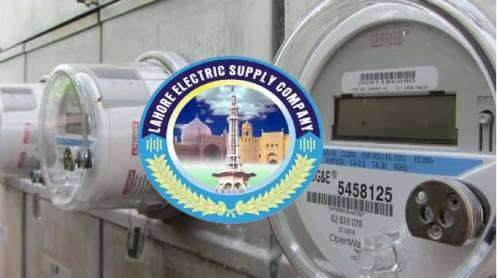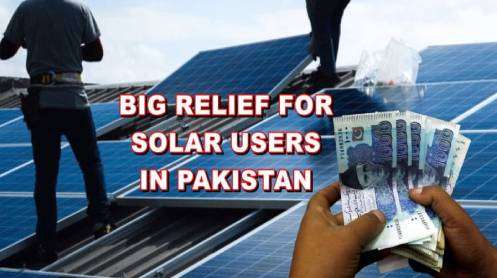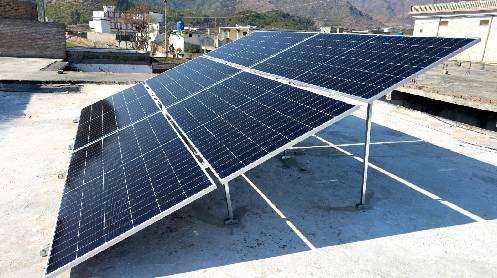Pakistan has not run out of gas overnight. At the turn of the 21st century, sufficient gas supplies and sources were available in Pakistan. As per a study by Hagler Bailey, there were limitations on the gas transmission system to lift gas from all the sources, but there was no gas shortage for any segment of the consumers.
The said study, however, had a limited scope of finding a market for the newly discovered Miano gas field of Australian multinational OMV. To determine the overall demand and supply situation for the short or long term, a detailed and comprehensive study should have been done rather than relying on such a limited-purpose study.
It seems that the federal government has wrongly taken the findings of such a study. It came up with the regressive Petroleum Policy 2001 in terms of fiscal terms offered to the riskiest exploration business in Pakistan regarding hydrocarbon prospects and cost of operations in remote areas with high-risk law and order situations.
The reduced gas price than previously paid to the gas producers in Pakistan has caused the most damage to oil and gas exploration efforts. In total disregard of previous binding contractual obligations, the government forced owners of the already discovered but not producing gas fields to accept the unilaterally reduced gas price or let their investments remain stranded.
A typical exploration and production (E&P) cycle spans over seven to 10 years, from the initiation of geophysical data acquisition to the discovery and production of petroleum. This 2001 policy breached investors’ confidence and broke the E&P cycle for over 13 years until the new Petroleum Policy 2012 was notified on 1st September 2012. Petroleum Policies of 2007 and 2009 could not induce the required level of investment interest in E&P, as evidenced by the fact that even most of the then-existing foreign oil and gas companies operating in Pakistan had left the country one by one.
After observing the negative impact of the 2001 policy, instead of taking effective measures to restore and increase the pace of exploration in the country, the government introduced the damaging Natural Gas Allocation and Management (NGAM) Policy 2005. Effectively, this policy seeded the gas crisis in the country, which has kept growing with every passing day.
As the title of NGAM policy dictates, it is based on the inherent premise that Pakistan was to switch gas supplies from one set of consumers to the other out of whatever is left. However, it did not take concrete measures to augment gas supplies through domestic and international resources. This has resulted in the reduction in gas supplies even to the priority consumers.
The planners, executors and deliverers all have used the said policy as a pretext to justify their failure in service delivery. As if the non-stipulation of any guidelines for improving the gas supply situation was not enough, the said so-called policy did not even have any estimate of the time when sufficient gas supplies were expected to be available.
The policy did not visualise its defenestration as such regressive measures can not become a permanent feature of any economy if it plans to grow.
In total disregard for the compelling gas supply situation, rather than imposing a moratorium, the policy also, under section six, provided for the government to facilitate augmentation of the natural gas network under the pretext of socio-economic development.
The policy further provided gas supplies to economically backward areas that did not meet the cost criteria determined by the government. Inappropriate and regressive policy provisions further accelerated the speed of gas supply reduction and depletion of indigenous natural gas resources.
Although on the supply side, there are numerous reasons which caused a serious gas crisis, this article only addresses the issues related to the consumer side, which consist of mismanagement of the gas utilisation, the huge percentage of Unaccounted For Gas (UFG) and irrational extension of the gas distribution networks.
The extension of networks was irrespective of the restrictions imposed by the regulator under the terms of their respective licenses, whereby their exclusivity to undertake gas transmission and distribution business in their respective areas of operations ended in 2010.
Not only did 2001 petroleum and NGAM policies hugely contribute to worsening the gas supply situation in the country, but the government also did not provide appropriate policy guidelines for the extension of the transmission and distribution network, although a large number of private parties have been granted licenses by the regulator for sale of gas.
As a result, the two Sui companies continued to extend their transmission and distribution networks purely on political grounds rather than on commercial considerations. This has not only overburdened the most productive segment of gas consumers, i.e. the industrial sector, but has also caused the recovery of unjustified costs from consumers and the reduction of gas supplies. Over 18 years have passed and the situation has worsened, but the policy is still being used as a sacred revelation.
It is acknowledged with pleasure and a sense of gratitude that the gas supply situation would have been worst than it is today if Shahid Khaqan Abbasi, the then prime minister of Pakistan, had not single-handedly taken the lead and got the two LNG Terminals up and running within a shortest possible time and secured sustainable LNG supplies from Qatar.
The most unfortunate state of affairs is that petroleum policies are originated and formalised by the Petroleum Division, which is run by civil service officers with no practical knowledge or experience of the oil and gas industry. Until policy formulation is done with strategic vision by sufficiently qualified experts, Pakistan is bound to remain in a crisis of all sorts.







